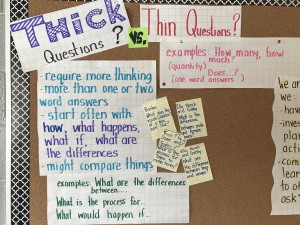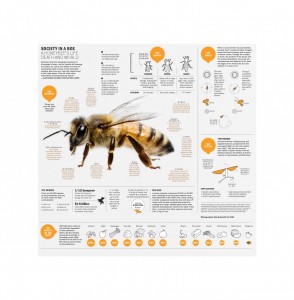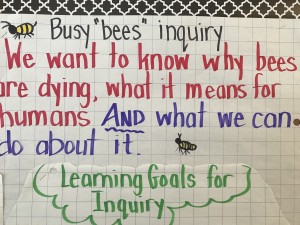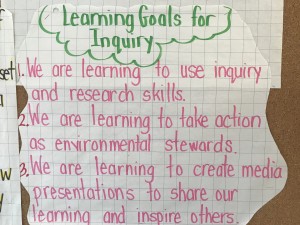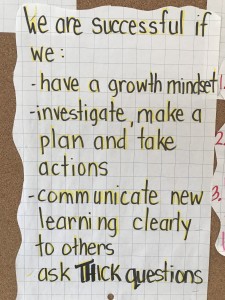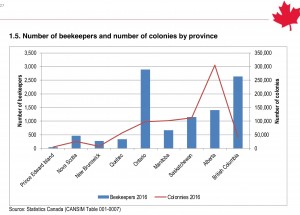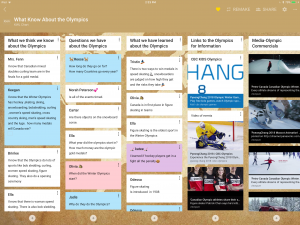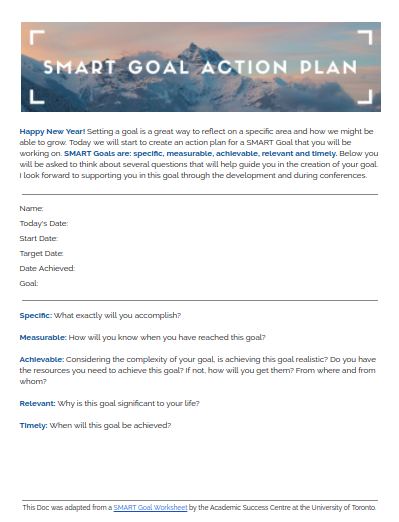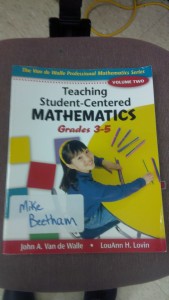One of the reasons that I spent so many years teaching the primary grades is that teaching math to older students terrified me. Growing up I struggled with math. I changed schools in the middle of my grade three year and missed a great deal of multiplication and division instruction which haunted me for the rest of my math learning. I remember crying at the kitchen table over my homework and my father being distraught over not being able to help me. I totally understand how a student feels when they shutdown and “can’t” get it. That understanding along with having excellent tools and resources helped me immensely when I taught grade 4 and 5 mathematics.
Math Growth Mindset
Jo Boaler is a professor of mathematics education at Stanford University and the co-founder and faculty director of youcubed. This fabulous website provides unique, research based instructional approaches to teaching math. There are videos for students of different age ranges and the “Week of Inspirational Math” was what helped me to create a positive math learning environment with a growth mindset in my Junior grade classroom. It doesn’t have to be the first week either-you can do it at any point. Jo Boaler has also co-written a series of mathematics instructional resources called “Mindset Mathematics” for each of the junior grades.
Math Talks
Number Talks: Whole Number Computation, Gr K-5: A Multimedia Professional Learning Resource became my go-to resource when I began daily number talks with primary students and it made the transition to teaching math in the junior grades much easier. The format of math discussion remains essentially the same no matter what grade level. It is an expensive resource but well worth it. If you want to give math talks a try there are some more affordable online resources that you can use as well.
Math for Love is a website that provides a number of online math talks for K-5. EduGains gives a brief synopsis of how to develop your math learning community in your classroom. Another great online resource for daily math talks is Which One Doesn’t Belong? This website provides all sorts of pictures for math discussion. Eventually my students began creating pictures for other classes to use for their math talks after using the examples on the website. Math Talk Resources is a comprehensive spot for math talk information and connects you to many different math talk resource websites.
When students have the opportunity to discuss math and hear fellow student’s different perspectives, they begin to see their own entry point into every math problem. They also begin to see the value of challenging each other’s ideas respectfully and adding to one another’s ideas. “What do you see and what do you wonder?” is a much friendlier way to open up math discussion than, “Who can give me the answer?” I am convinced that because my students engaged in respectful math talks they were able to transfer these skills into other discussion topics in our classroom. For me, the anxious math teacher, math talks became the highlight of our daily math lessons and sometimes, the highlight of my day.

